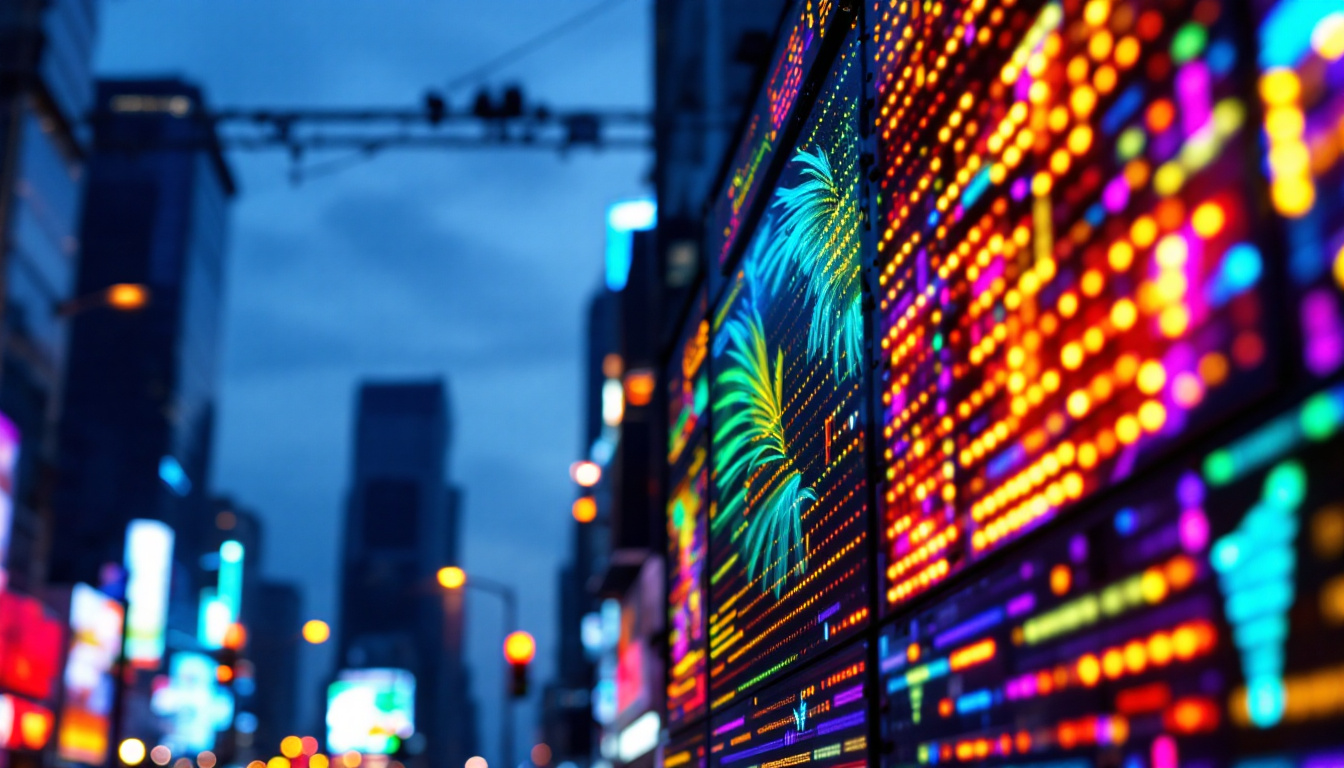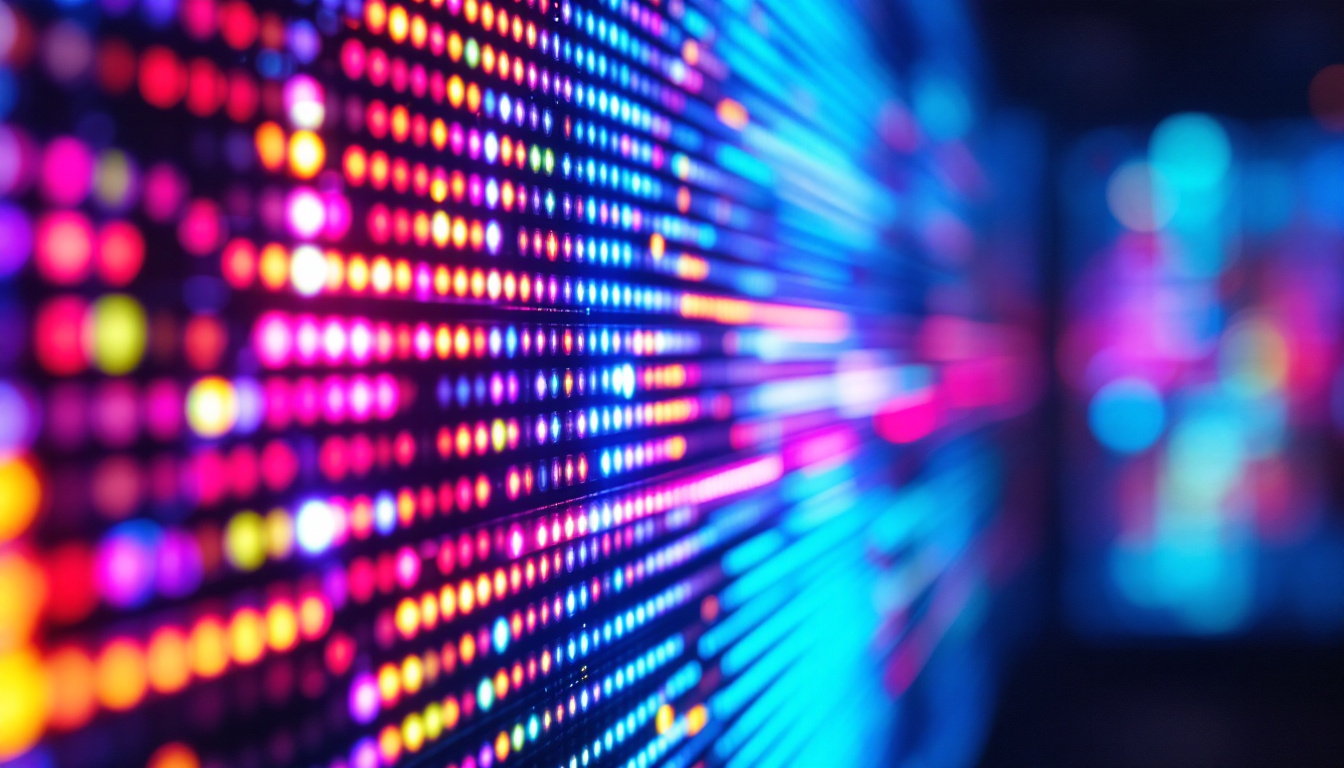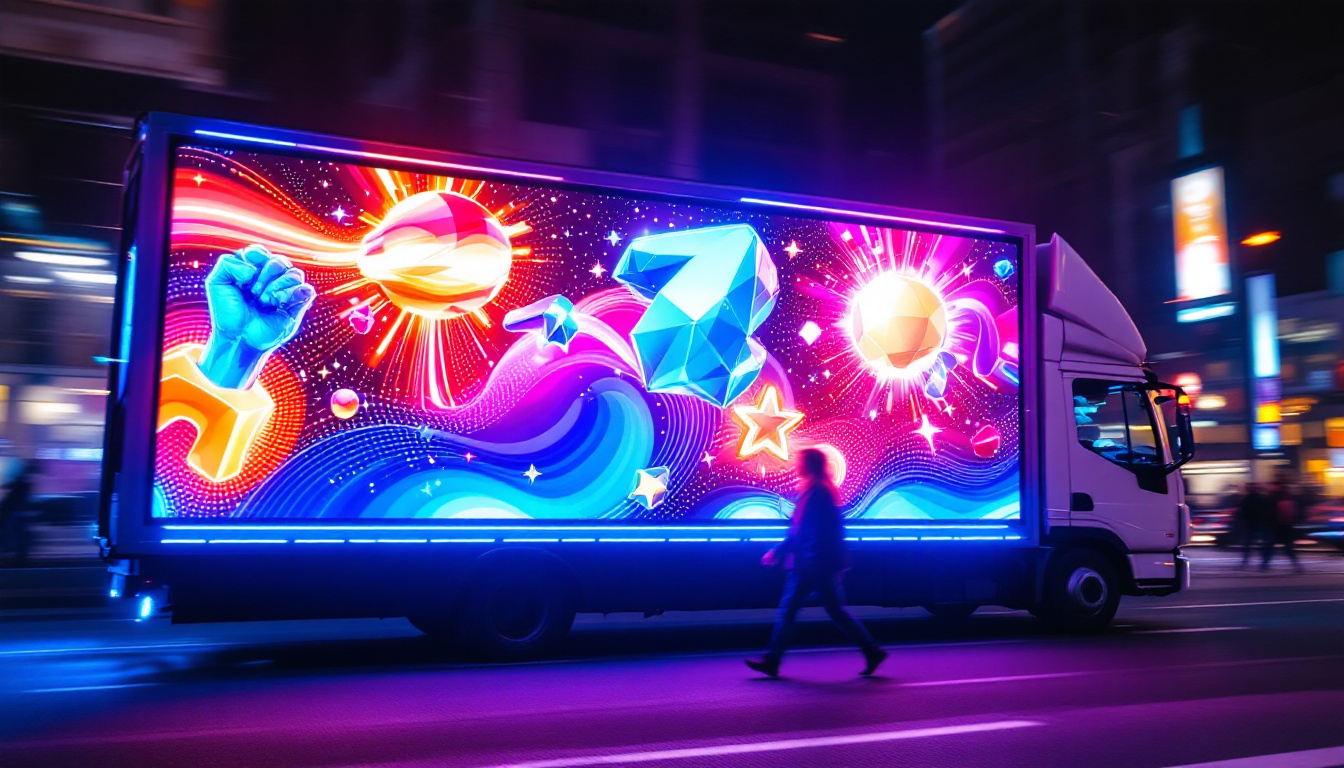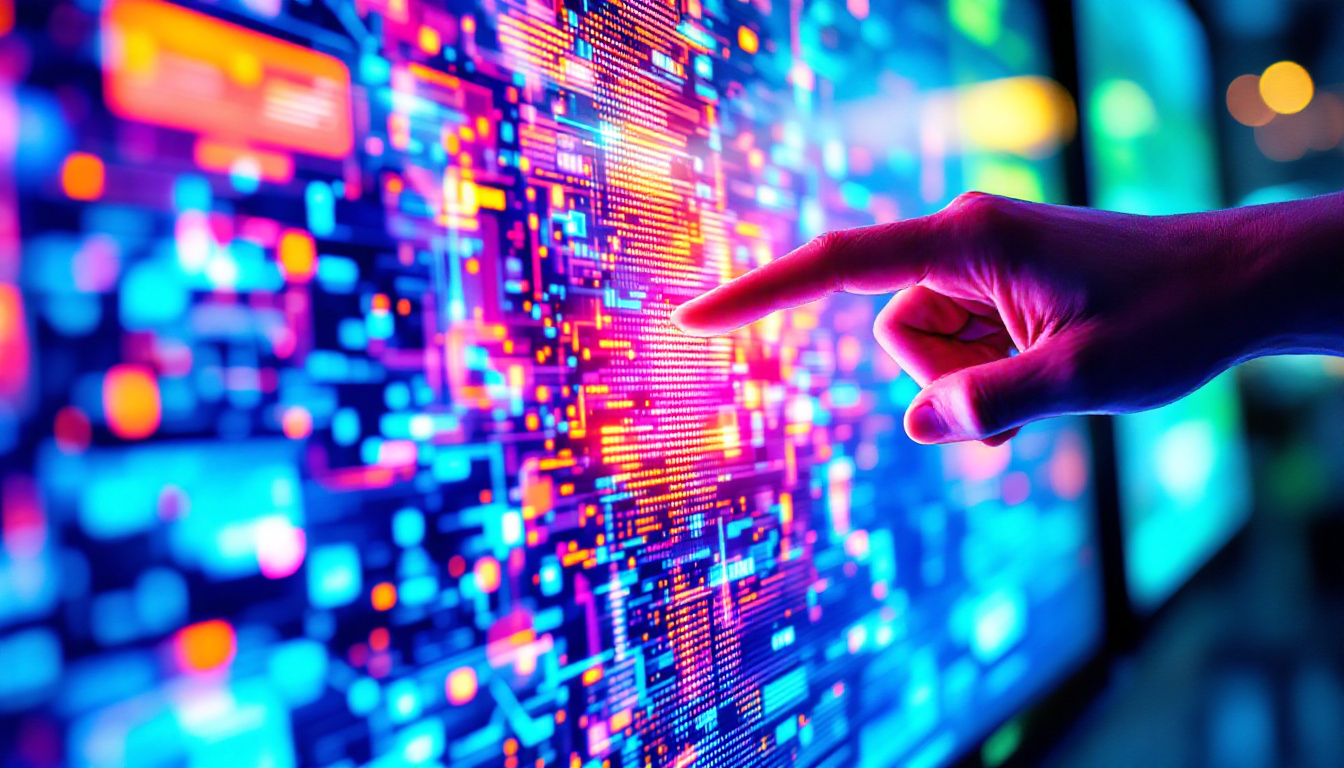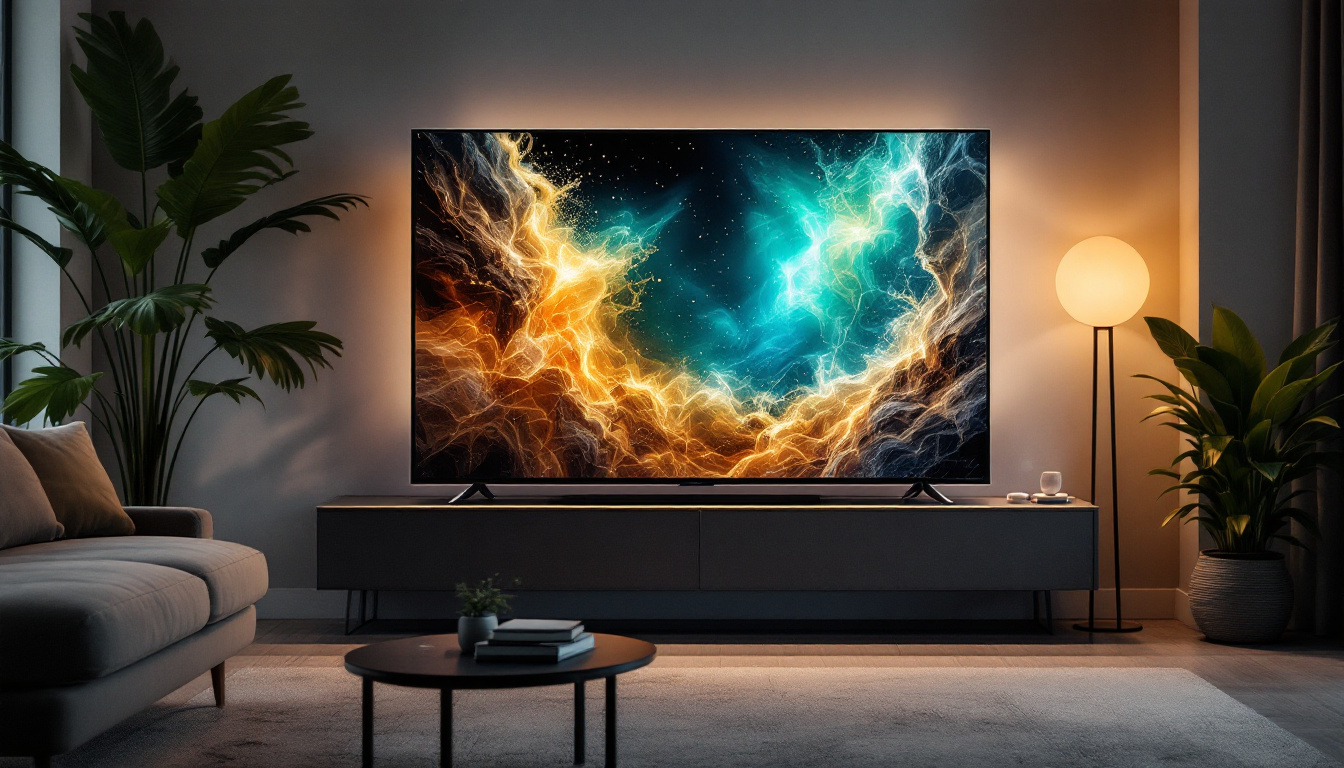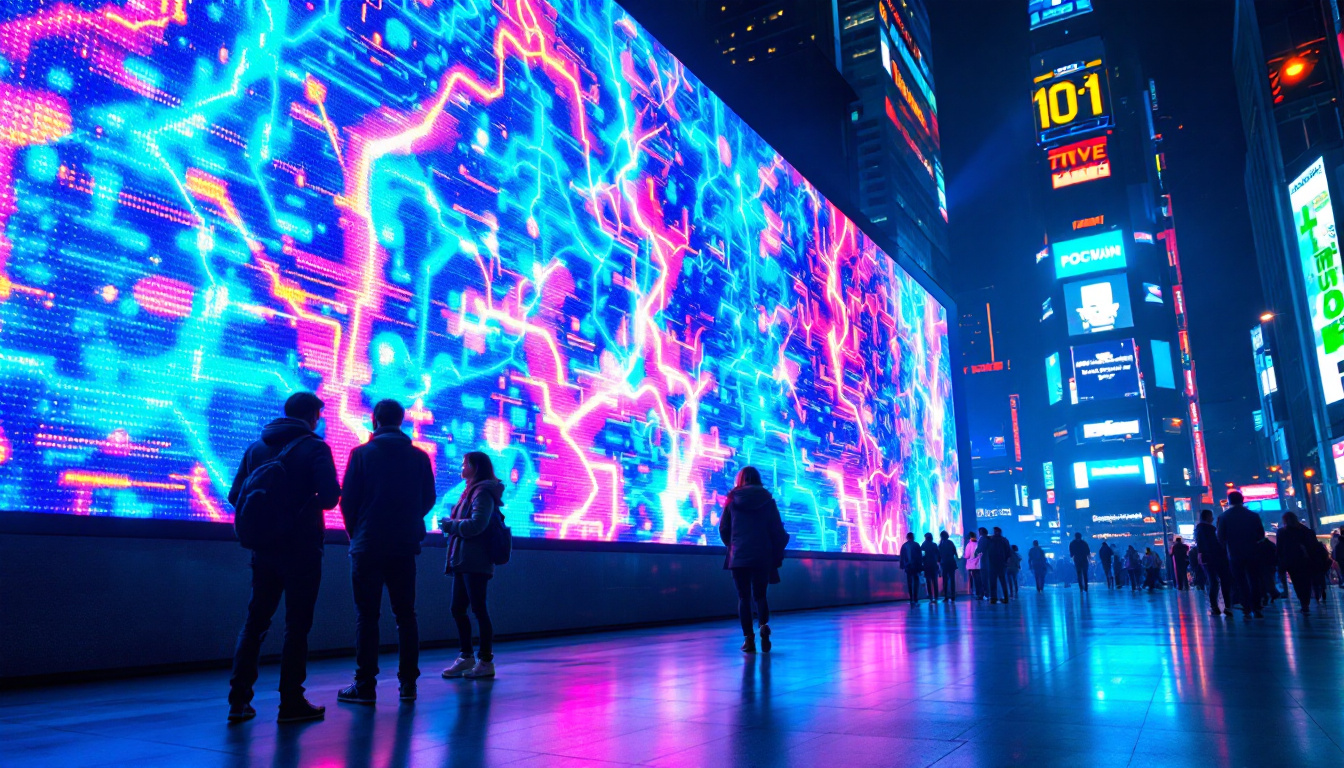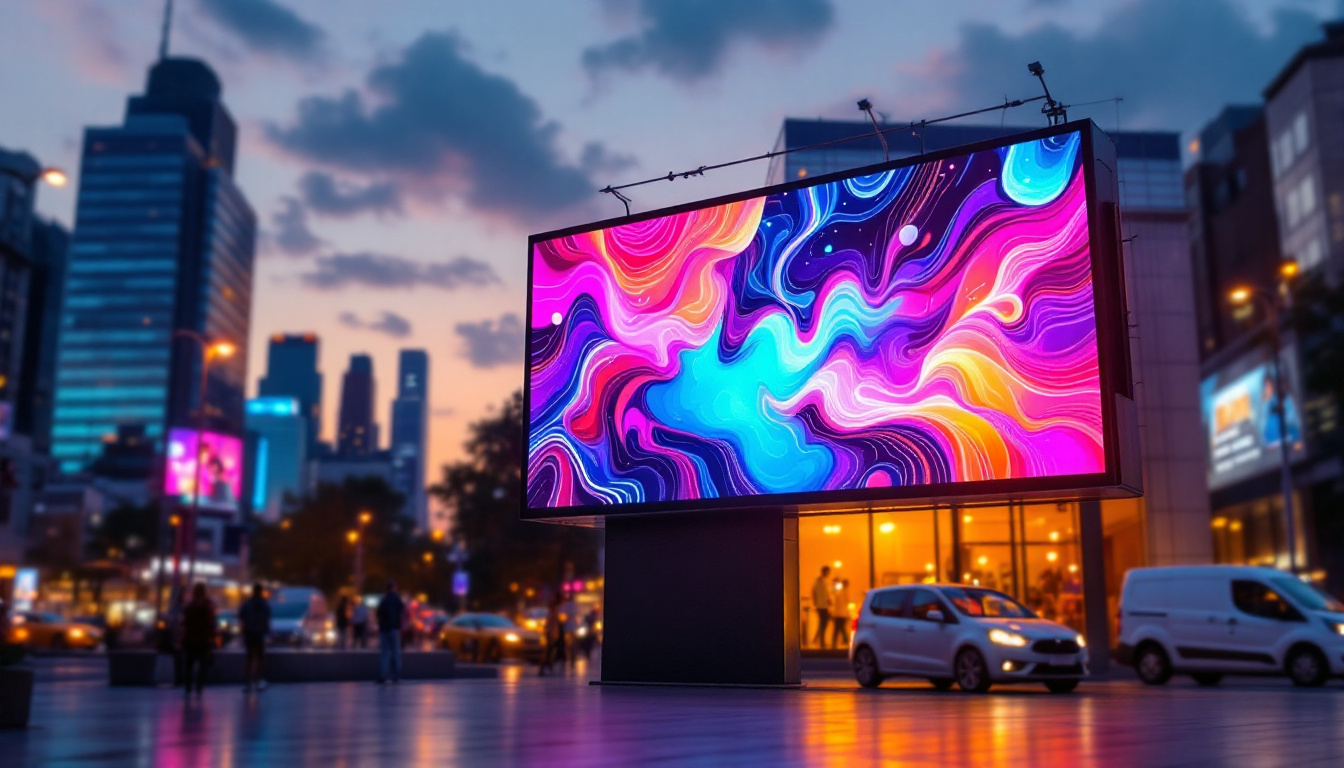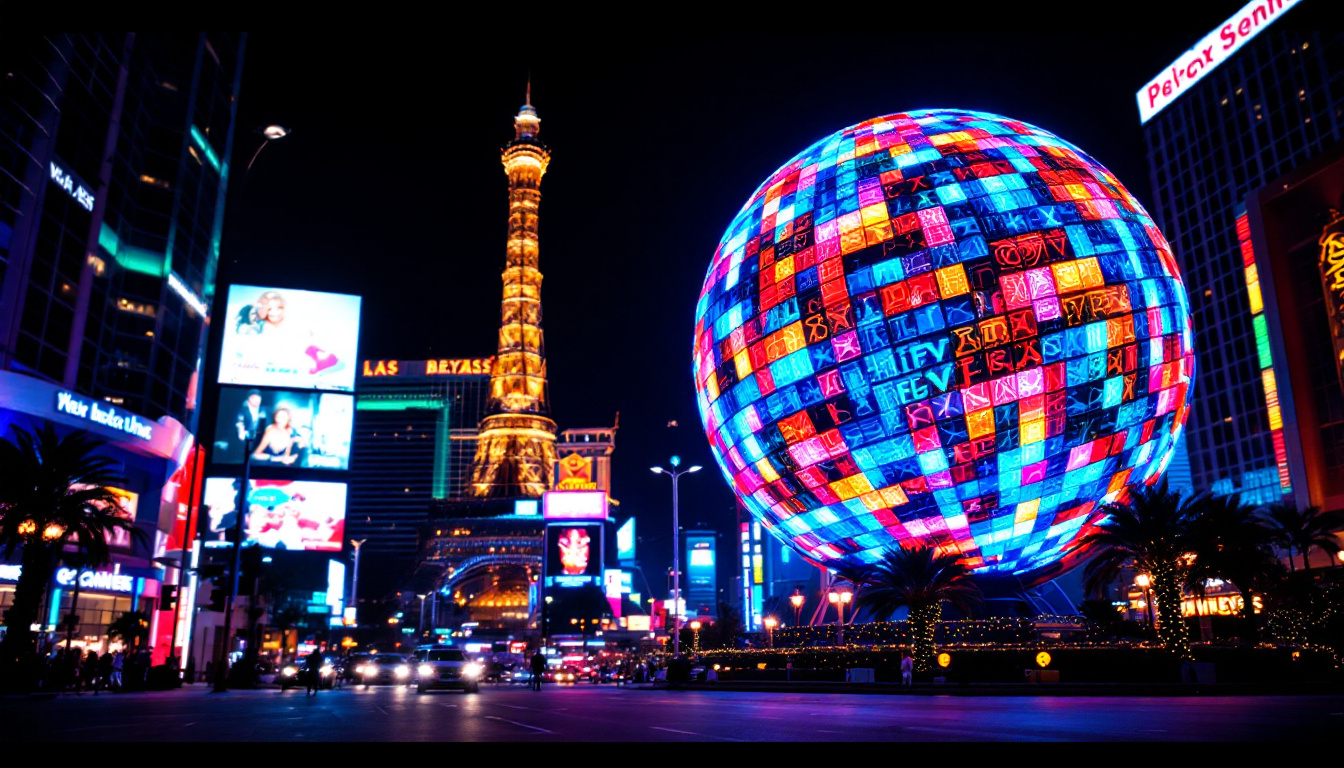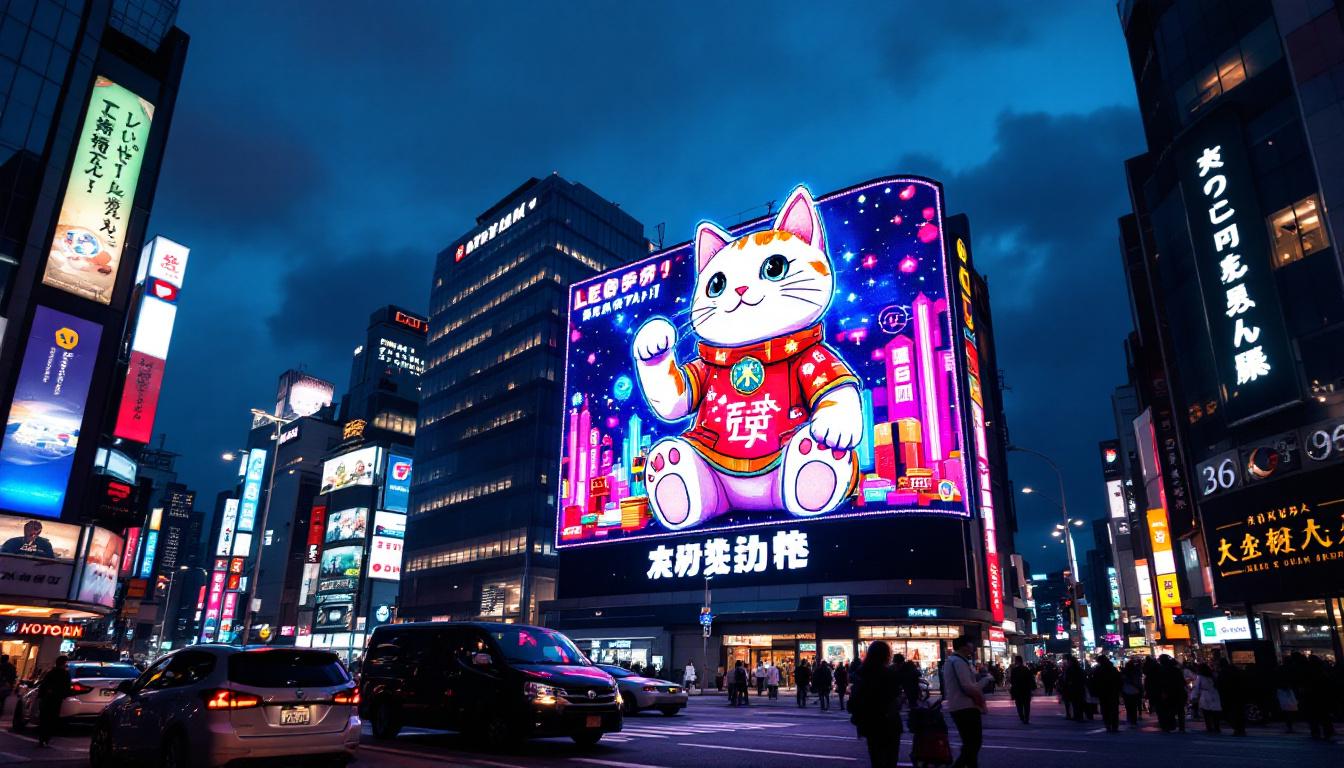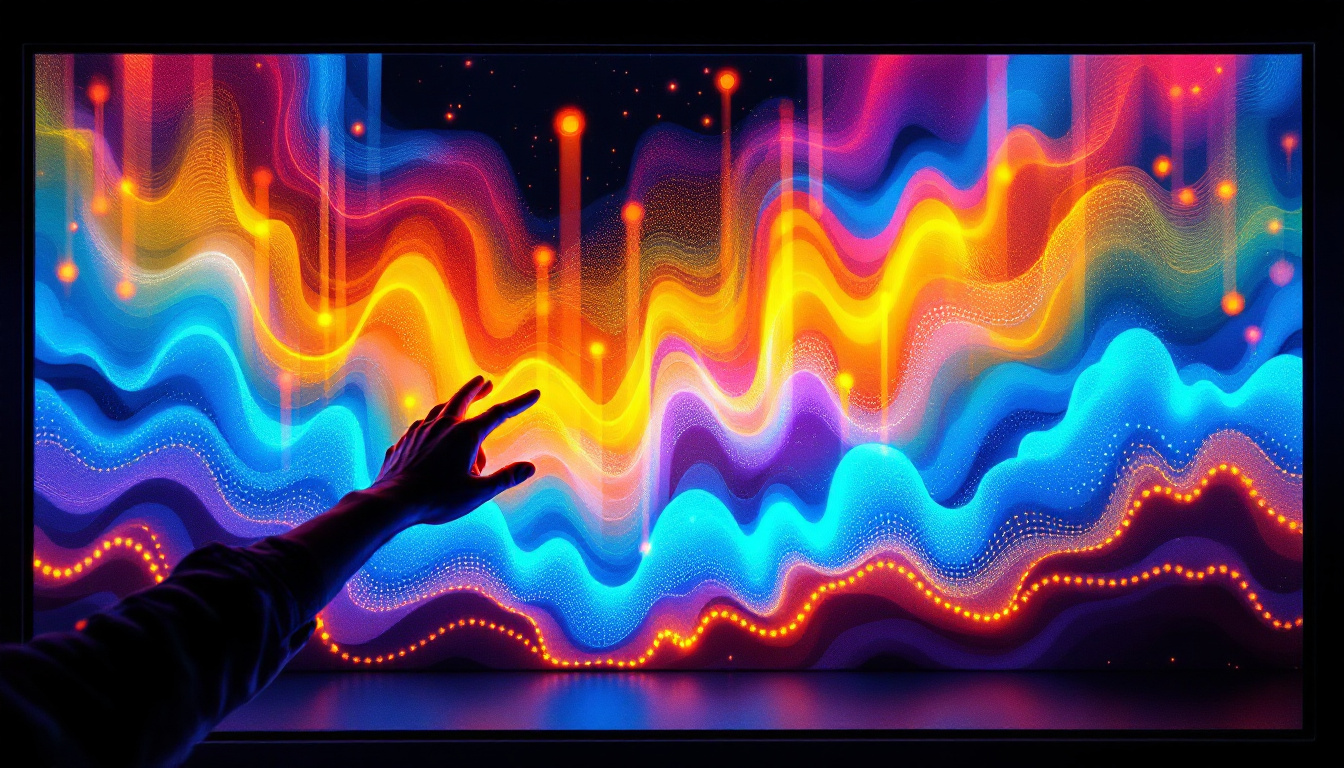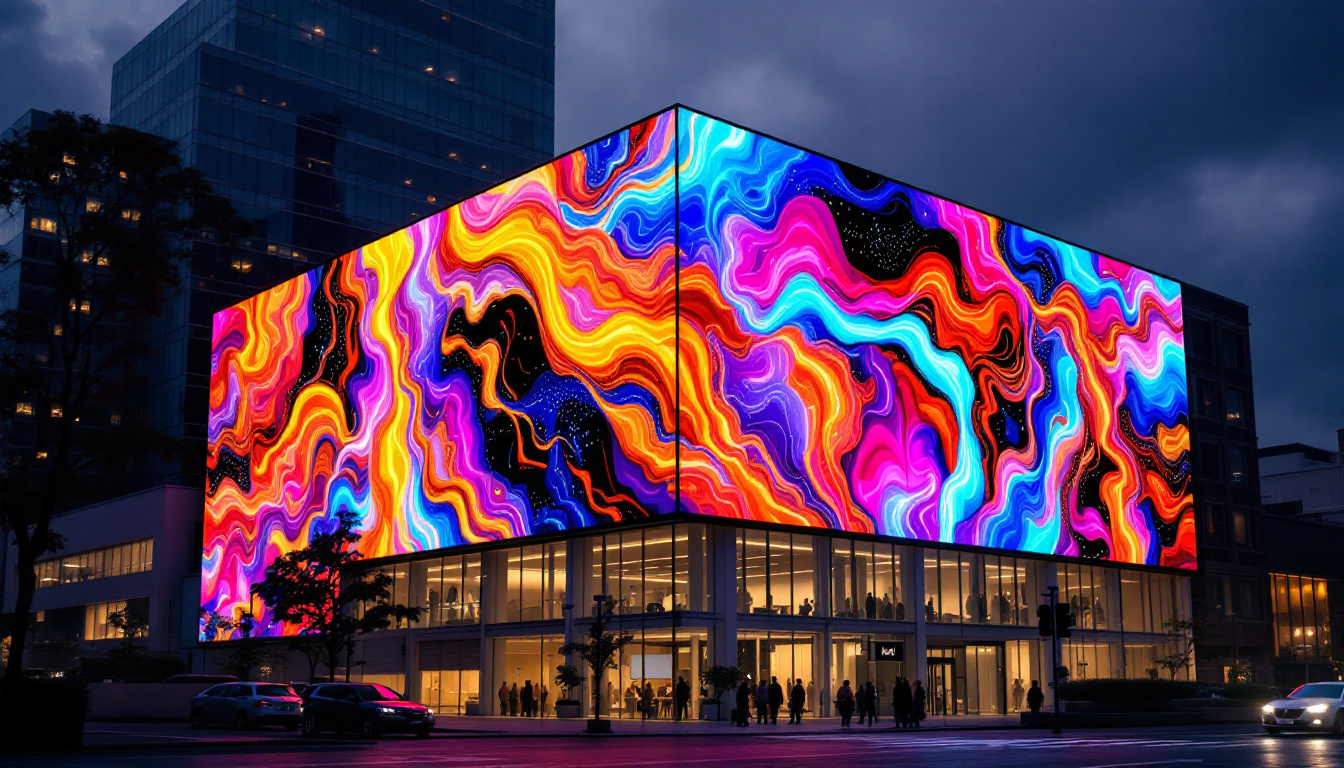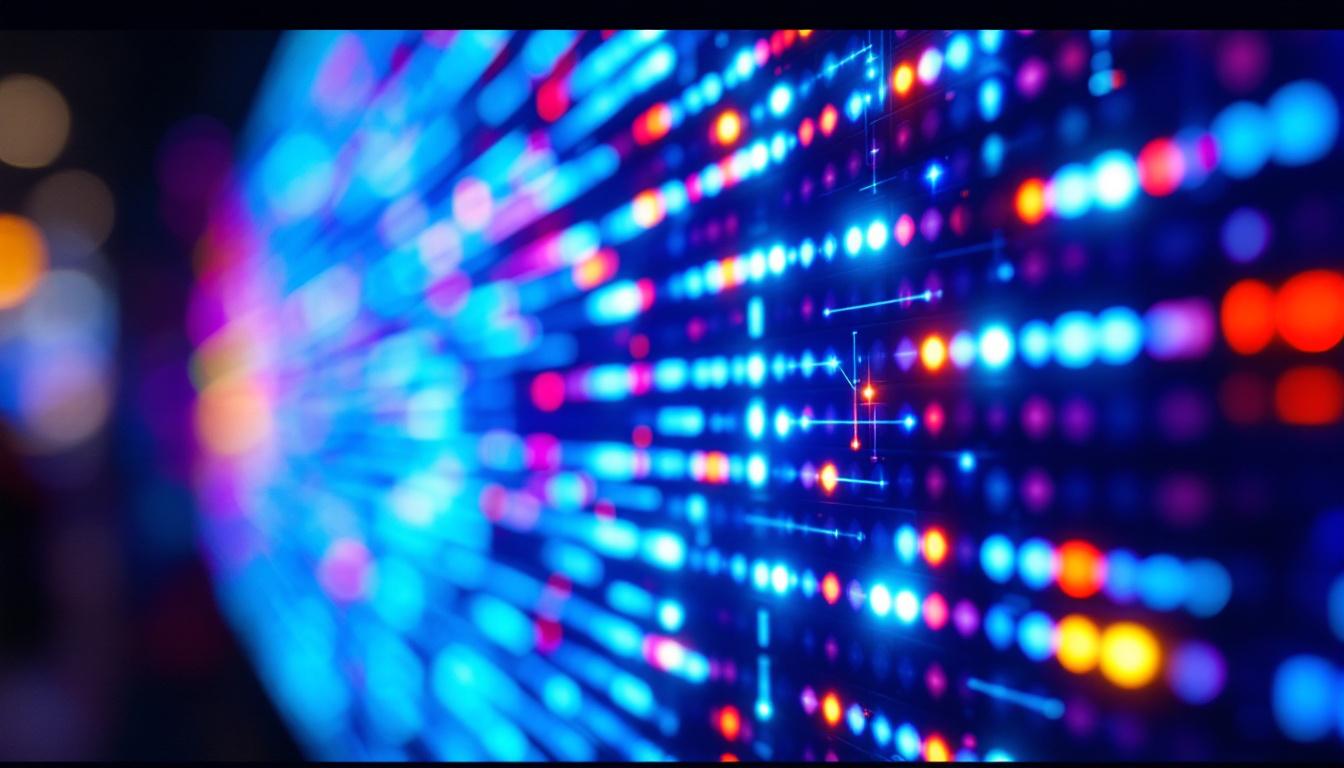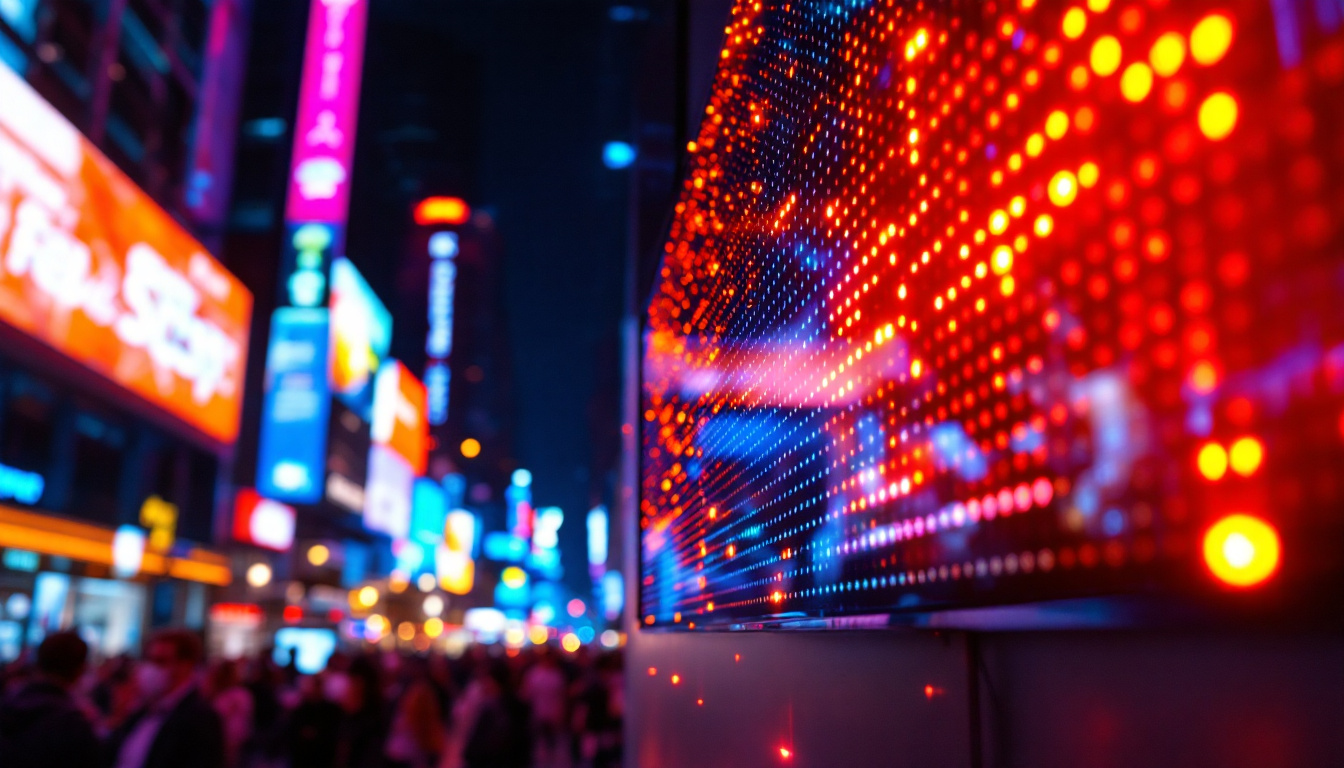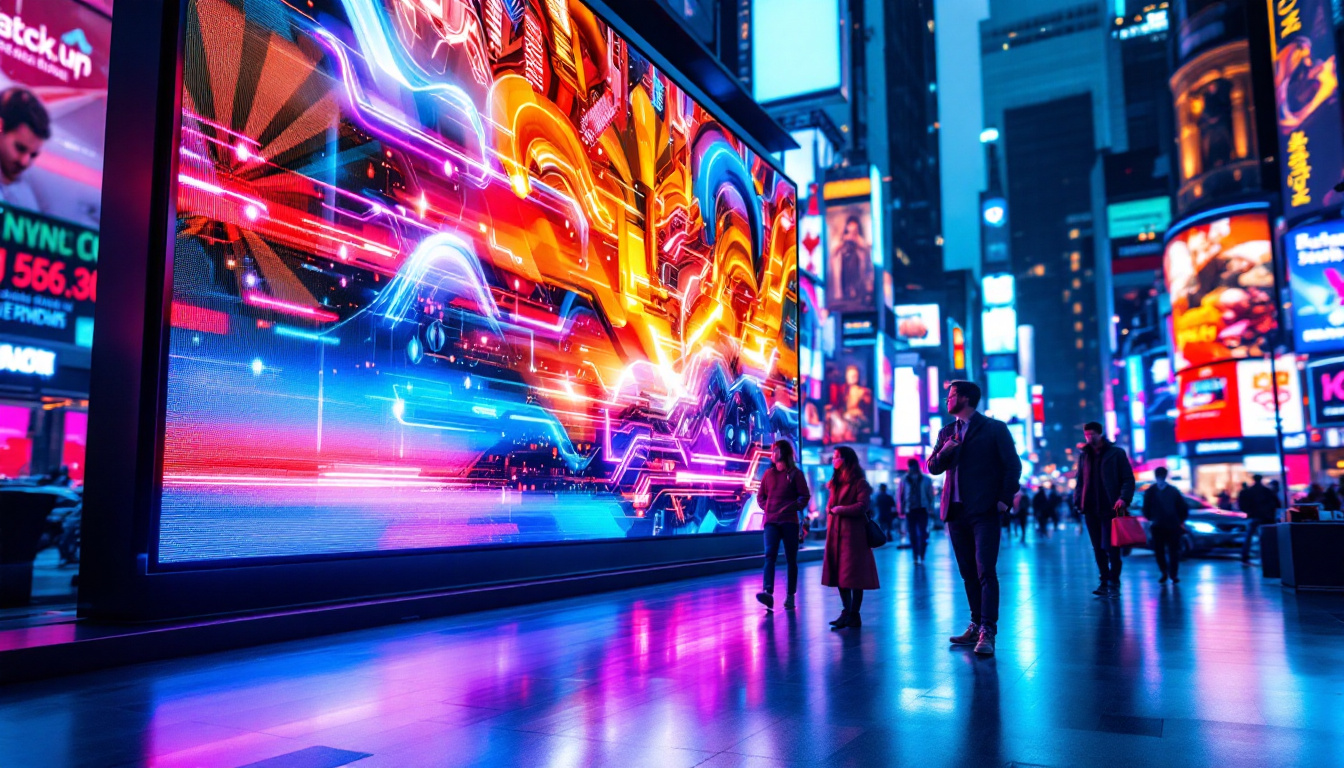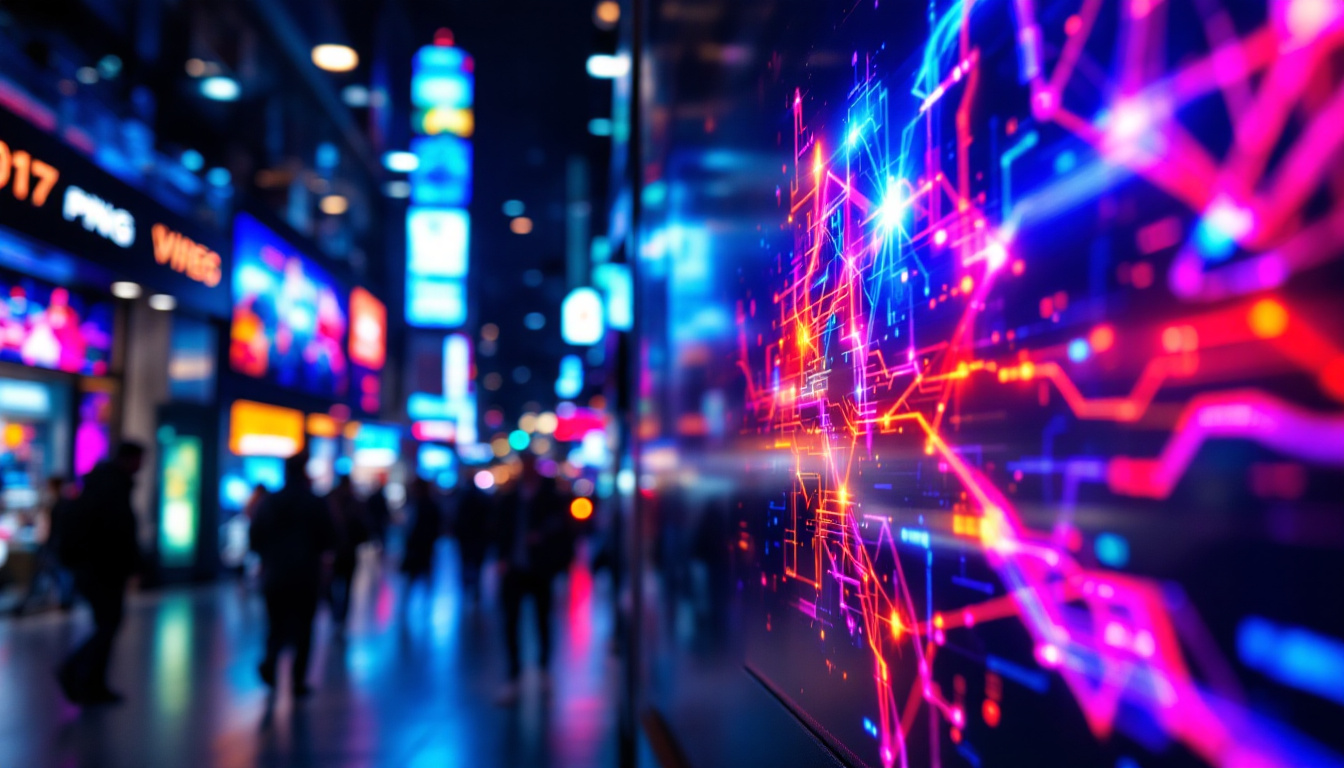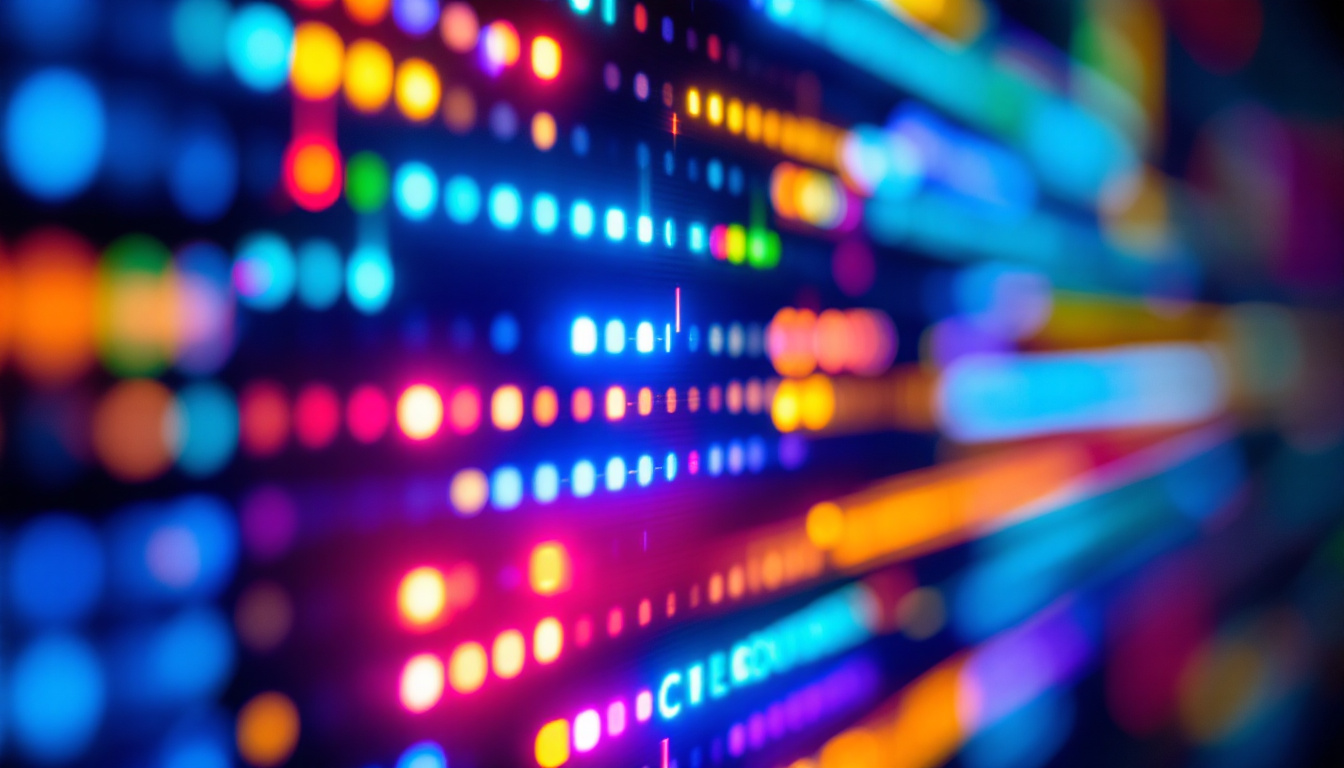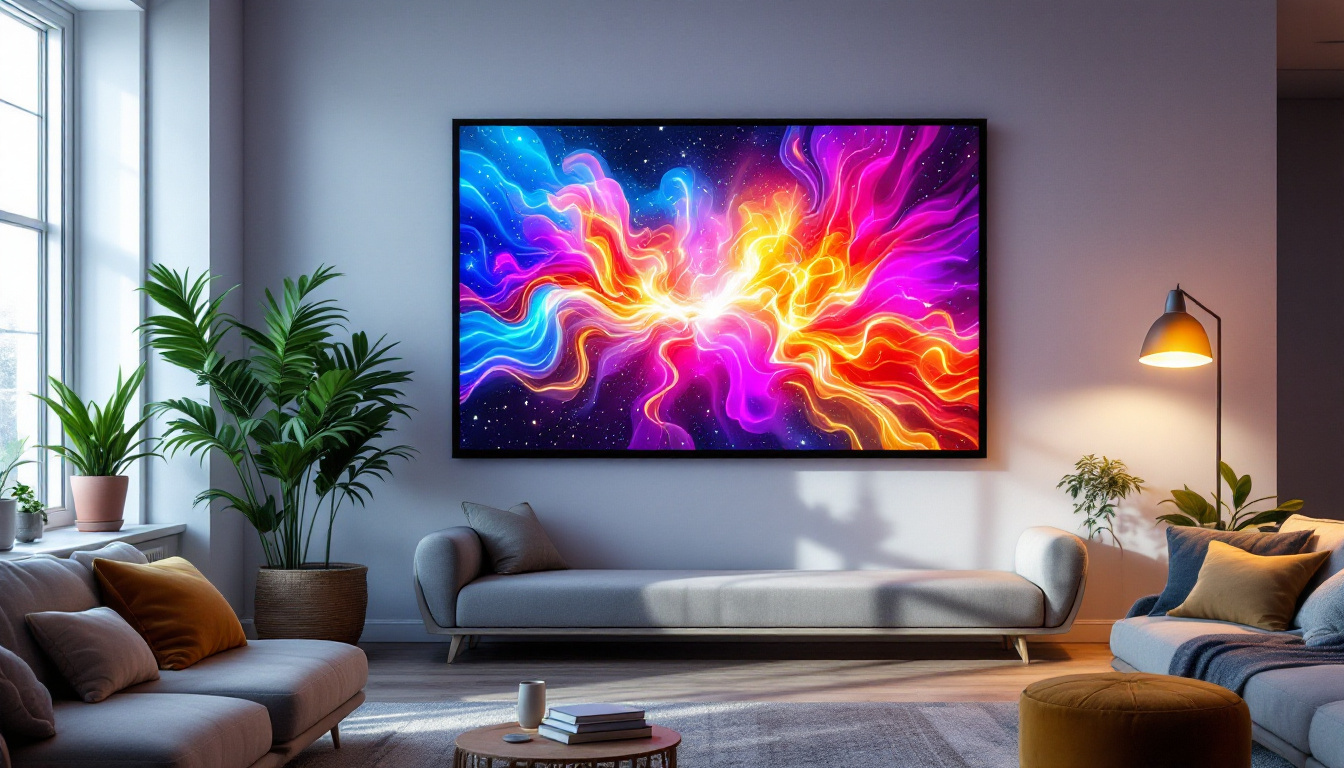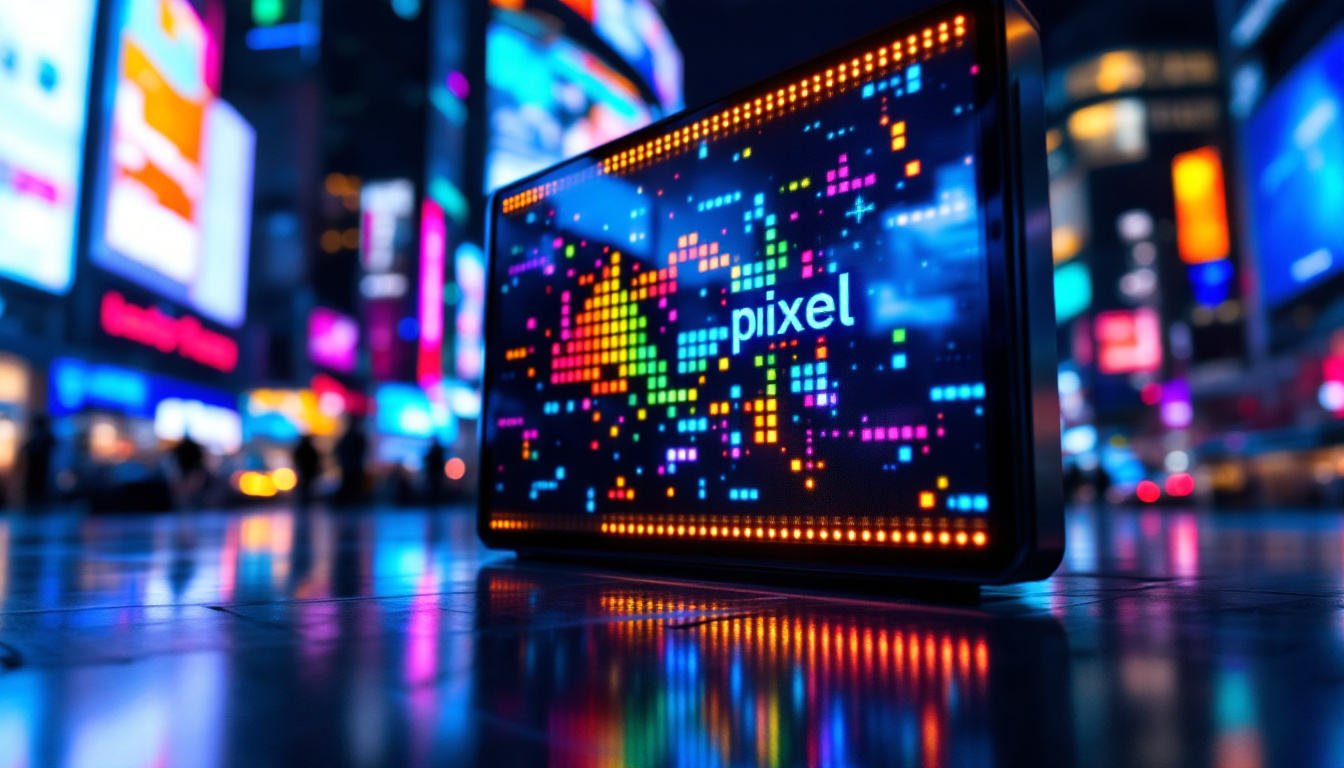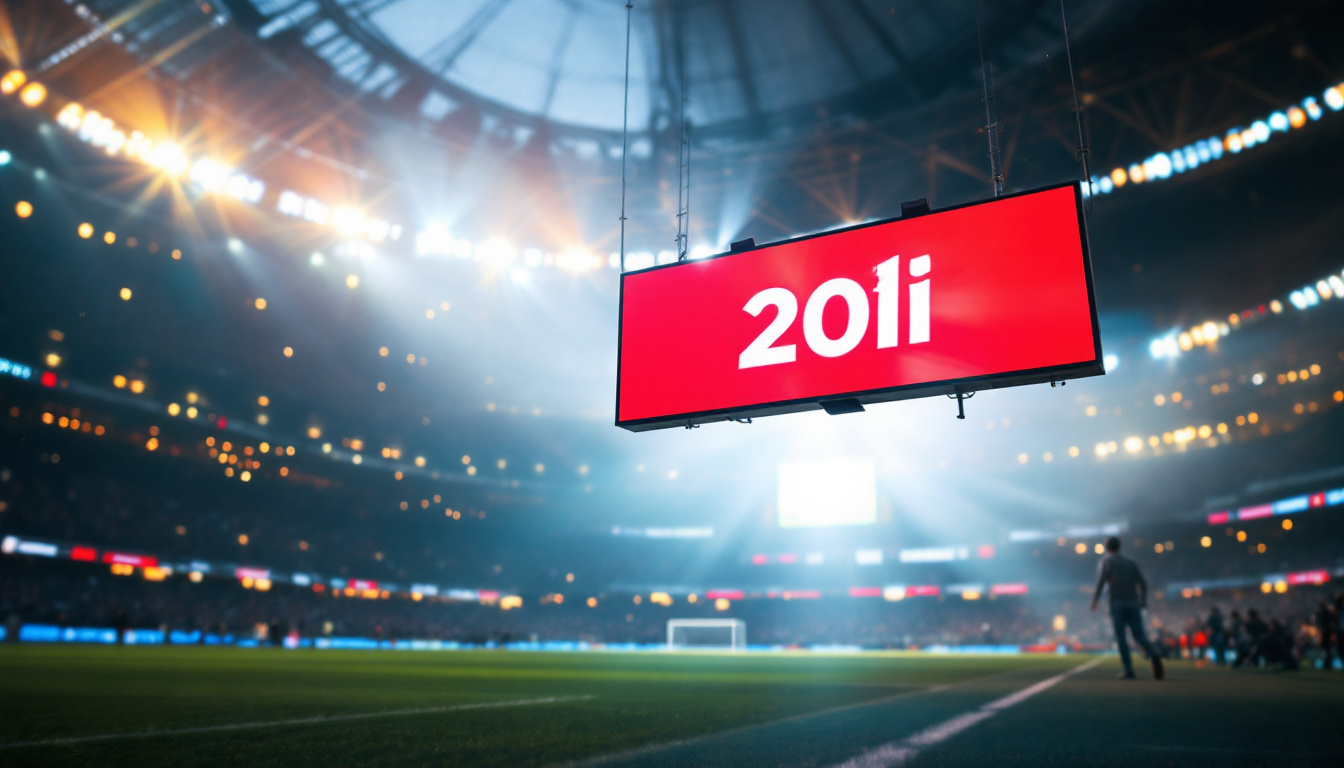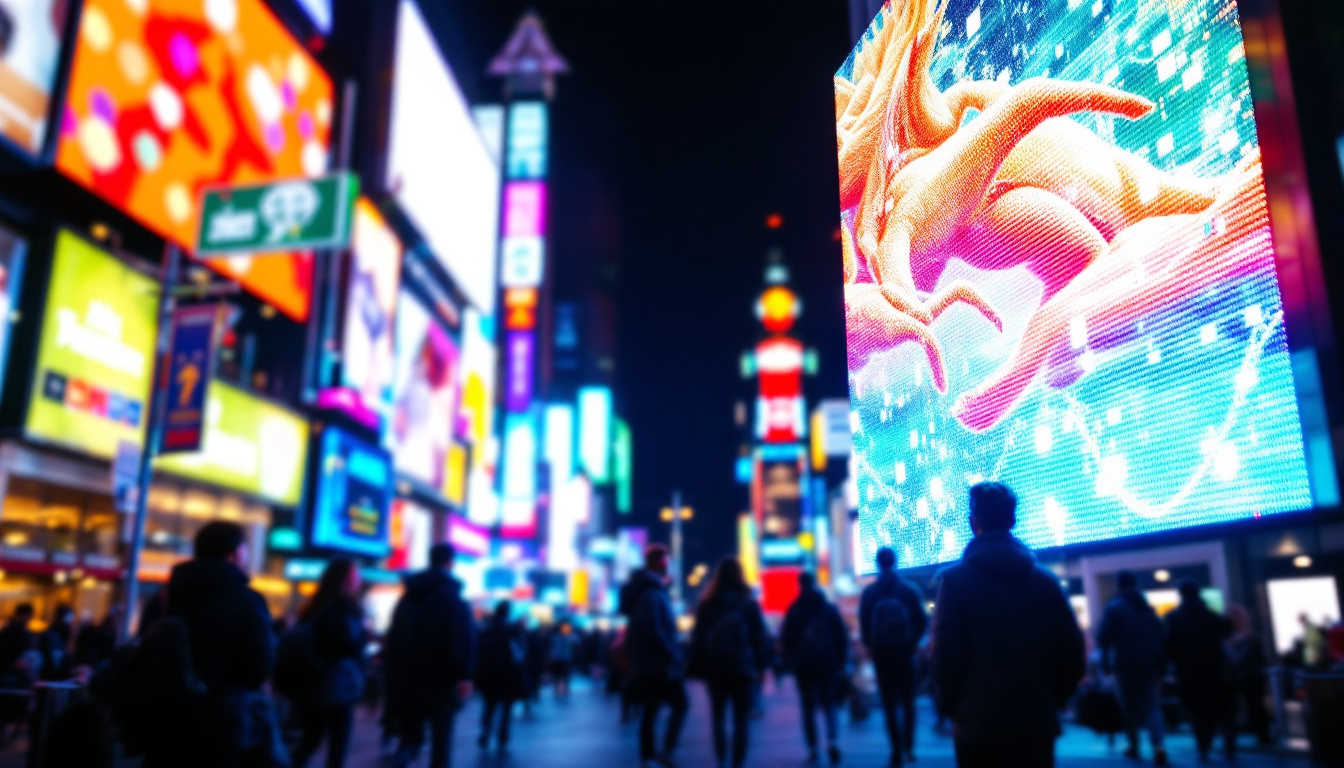In recent years, LED displays have become a ubiquitous part of our visual landscape. From large outdoor billboards to small handheld devices, LED technology has transformed the way information is presented and consumed. This article delves into the intricacies of LED displays, exploring their technology, applications, advantages, and future trends.
Understanding LED Technology
LED, or Light Emitting Diode, is a semiconductor device that emits light when an electric current passes through it. The simplicity of this technology belies its profound impact on various sectors, including entertainment, advertising, and information dissemination. Since their introduction, LEDs have revolutionized the way we illuminate our environments, offering energy-efficient alternatives to traditional incandescent and fluorescent lighting. Their longevity and reduced energy consumption have made them a preferred choice for both residential and commercial applications, leading to significant cost savings over time.
How LEDs Work
At the core of LED technology is a semiconductor material, typically gallium arsenide or gallium phosphide. When electrons recombine with holes in the semiconductor, energy is released in the form of photons, which is visible light. The color of the emitted light depends on the materials used in the semiconductor. This process is known as electroluminescence, and it allows for precise control over the light output, making LEDs highly versatile. Unlike traditional light sources, LEDs do not rely on heat to produce light, which not only improves efficiency but also reduces the risk of overheating and fire hazards.
LEDs can be combined in various configurations to create displays. By arranging red, green, and blue (RGB) LEDs in a grid, a full-color display can be achieved. This RGB model is foundational in creating vibrant images and videos on LED screens. The ability to manipulate the intensity of each color allows for a wide spectrum of colors to be produced, enabling stunning visual experiences in everything from digital billboards to home entertainment systems. Furthermore, advancements in technology have led to the development of smart LEDs that can be controlled remotely, allowing users to customize lighting settings based on their preferences and needs.
Types of LED Displays
LED displays come in several types, each suited for different applications. The most common types include:
- Direct View LED Displays: These are made up of individual LEDs that are visible from the front and are often used in outdoor advertising. Their high brightness levels and ability to withstand various weather conditions make them ideal for capturing attention in bustling urban environments.
- LED-backlit LCD Displays: These displays use LEDs to provide backlighting for LCD panels, enhancing brightness and color accuracy. This technology has become standard in modern televisions and computer monitors, offering consumers a more vibrant viewing experience.
- Organic LED (OLED) Displays: Utilizing organic compounds, OLEDs offer better contrast and color reproduction, making them popular in high-end televisions and smartphones. Their ability to produce true blacks and a wider viewing angle has set a new standard in display technology, pushing manufacturers to innovate further.
In addition to these types, there are also specialized LED displays, such as transparent LEDs, which allow for visibility through the display itself, and flexible LEDs that can be bent and shaped to fit unconventional spaces. These innovations are paving the way for creative applications in architecture and design, where lighting can blend seamlessly with the environment. As LED technology continues to evolve, we can expect even more exciting developments that will further enhance our visual experiences and energy efficiency in the years to come.
Applications of LED Displays
The versatility of LED displays has led to their adoption across a wide range of industries. From advertising to entertainment, their applications are both diverse and impactful.
Advertising and Marketing
One of the most prominent uses of LED displays is in advertising. Digital billboards and screens in retail environments capture attention with dynamic visuals and animations. Unlike traditional billboards, LED displays can be updated in real-time, allowing for targeted advertising based on time of day, weather, or audience demographics.
Moreover, the ability to display high-resolution images and videos enhances brand engagement, making LED displays a preferred choice for marketers looking to create memorable impressions. The interactivity that some LED displays offer, such as touch screens or QR code integration, further deepens customer engagement, allowing brands to create a two-way conversation with their audience. This interactive element not only boosts brand loyalty but also provides valuable data on consumer behavior, enabling businesses to refine their marketing strategies effectively.
Entertainment and Events
In the realm of entertainment, LED displays have revolutionized the way audiences experience concerts, sports events, and theatrical productions. Large-scale LED screens are often used to display live feeds, graphics, and effects, creating an immersive experience for attendees.
Furthermore, the portability and flexibility of LED technology allow for creative stage designs, enabling artists and event planners to push the boundaries of visual storytelling. For instance, during major music festivals, LED walls can be configured in various shapes and sizes to complement the performance, creating a stunning backdrop that enhances the overall atmosphere. Additionally, the use of LED displays in live sports events provides fans with instant replays and statistics, enriching their viewing experience and keeping them engaged throughout the event.
Information Dissemination
LED displays are also widely used for information dissemination in public spaces. From train stations to airports, these displays provide real-time updates on schedules, directions, and emergency alerts. Their visibility and clarity make them an essential tool for effective communication in busy environments.
Moreover, the integration of LED displays in smart city initiatives has begun to transform urban landscapes. These displays can be programmed to provide not only transit information but also local news, weather updates, and community announcements, fostering a more informed public. As cities continue to evolve, the role of LED technology in enhancing public communication and engagement will likely expand, making it a cornerstone of modern urban infrastructure.
Advantages of LED Displays
The growing popularity of LED displays can be attributed to their numerous advantages over traditional display technologies. These benefits not only enhance user experience but also contribute to cost-effectiveness and sustainability.
Energy Efficiency
One of the most significant advantages of LED displays is their energy efficiency. Compared to traditional incandescent or fluorescent displays, LEDs consume significantly less power, resulting in lower electricity bills and a reduced carbon footprint. This efficiency is particularly beneficial for large-scale installations, such as outdoor billboards, where energy costs can be substantial.
Longevity and Durability
LED displays are known for their longevity. With a lifespan of up to 100,000 hours, they outlast traditional display technologies by a wide margin. This durability reduces the need for frequent replacements and maintenance, making them a cost-effective choice in the long run.
Additionally, LED displays are more resistant to shock and vibration, making them suitable for outdoor use in various weather conditions. This robustness ensures that they continue to perform effectively, even in challenging environments.
High-Quality Visuals
LED technology offers superior visual quality, with vibrant colors, high contrast ratios, and excellent brightness levels. This quality is particularly important for applications where visual impact is crucial, such as advertising and entertainment. The ability to display high-definition content ensures that messages are conveyed effectively and attractively.
Challenges Facing LED Displays
Despite their many advantages, LED displays are not without challenges. Understanding these hurdles is essential for manufacturers, users, and stakeholders in the industry.
Initial Costs
While the long-term benefits of LED displays are clear, the initial investment can be a barrier for some organizations. High-quality LED displays can be expensive to purchase and install, which may deter smaller businesses or organizations with limited budgets. However, as technology advances and production costs decrease, these barriers are gradually being overcome.
Heat Generation
LED displays generate heat during operation, which can affect performance and longevity if not managed properly. Effective heat dissipation systems are essential to ensure that the displays operate within safe temperature ranges. This requirement can add complexity to the design and installation processes.
Environmental Concerns
While LEDs are more energy-efficient than traditional lighting solutions, there are environmental concerns associated with the materials used in their production. The presence of heavy metals and other hazardous substances in some LED components necessitates careful disposal and recycling practices to minimize environmental impact.
The Future of LED Displays
The future of LED displays looks promising, with ongoing innovations and advancements set to expand their capabilities and applications. As technology evolves, several trends are emerging that will shape the landscape of LED displays in the coming years.
Advancements in Technology
Emerging technologies such as microLED and miniLED are set to revolutionize the display industry. These technologies offer higher pixel densities, improved color accuracy, and better energy efficiency. MicroLED, in particular, promises to deliver superior performance in smaller form factors, paving the way for new applications in wearable devices and augmented reality.
Integration with Smart Technologies
As smart technologies become increasingly prevalent, LED displays are likely to integrate with IoT devices and artificial intelligence. This integration could enable dynamic content delivery based on user preferences and behaviors, enhancing the overall user experience. For instance, smart advertising displays could analyze foot traffic and adjust content in real-time to maximize engagement.
Sustainability Initiatives
With growing awareness of environmental issues, the LED display industry is likely to focus on sustainability initiatives. This could involve the development of eco-friendly materials, improved recycling processes, and energy-efficient manufacturing practices. As consumers become more environmentally conscious, businesses that prioritize sustainability may gain a competitive edge.
Conclusion
LED displays have transformed the way information is communicated and consumed across various sectors. Their energy efficiency, durability, and superior visual quality make them an attractive option for businesses and organizations. While challenges remain, ongoing advancements in technology and a focus on sustainability will likely shape the future of LED displays in exciting ways.
As industries continue to explore the potential of LED technology, it is clear that these displays will play a crucial role in the evolution of visual communication. Whether in advertising, entertainment, or information dissemination, LED displays are here to stay, illuminating our world with vibrant and dynamic content.
Illuminate Your Space with LumenMatrix
As you consider the vast potential and benefits of LED displays highlighted in this article, LumenMatrix stands at the forefront of this transformative technology. Our commitment to innovation ensures that whether you’re looking to enhance your brand’s visibility or create immersive visual experiences, our range of LED display solutions—from Indoor and Outdoor LED Walls to Custom and All-in-One LED Displays—has you covered. Experience the future of visual communication with LumenMatrix and let your message shine with unparalleled clarity and impact. Check out LumenMatrix LED Display Solutions today and take the first step towards elevating your visual engagement.

